We use affiliate links. If you purchase something using one of these links, we may receive compensation or commission.
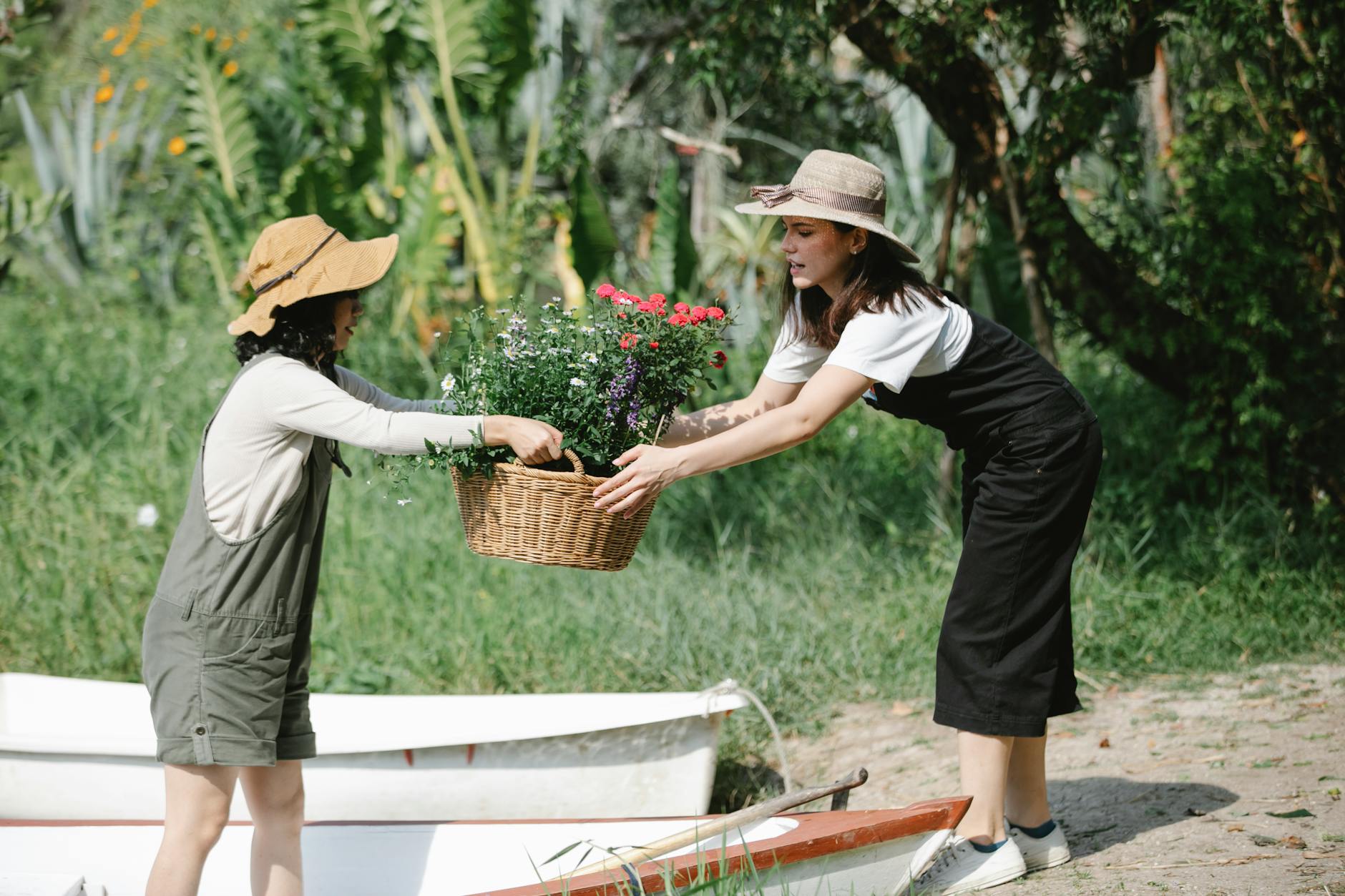
Disclaimer: Perky Dove Coffee is a participant in the Amazon Services LLC Associates Program, an affiliate advertising program designed to provide a means for sites to earn advertising fees by advertising and linking to Amazon.com. Some of the coffee brands mentioned in our blogs may contain affiliate links, which means that if you click on one of the product links, we may receive a small commission. This helps support us and allows us to continue to find great deals for our online customers. We only recommend products that we genuinely believe in and have personally tried. Thank you for your support!
As a passionate gardener, I am always looking for new ways to grow and harvest fresh produce. With spring just around the corner, now is the perfect time to start planning your vegetable garden. If you’re short on space or don’t have a backyard, growing vegetables in pots is a great alternative. Not only is it easy and convenient, but it also allows you to enjoy fresh, homegrown produce even if you live in an apartment or have limited outdoor space.
When it comes to spring vegetables, there are plenty of options that thrive in pots. From leafy greens to root vegetables, there’s something for everyone. Whether you’re a seasoned gardener or a beginner, growing vegetables in pots is a fun and rewarding way to get started. In this article, I’ll be sharing some of the best spring vegetables to grow in pots, along with tips and tricks for getting the most out of your container garden. So grab your gardening gloves and let’s get started!
Choosing the Right Vegetables
When it comes to selecting vegetables to grow in pots, it’s important to choose varieties that are well-suited to container gardening. Here are some factors to consider when making your selection:
Leafy Greens
Leafy greens are a great choice for container gardening, as they are generally compact and don’t require a lot of space. Some good options include lettuce, spinach, and kale. These vegetables prefer cooler weather, so they are ideal for spring planting.
Herbs
Herbs are another great choice for container gardening, as they are typically small and don’t require a lot of space. Some popular herbs to consider include basil, parsley, and chives. These herbs are easy to grow and can add a lot of flavor to your meals.
Root Vegetables
While many root vegetables require a lot of space to grow, there are some varieties that are well-suited to container gardening. Some good options include carrots, beets, and radishes. These vegetables require well-draining soil and regular watering, so be sure to choose a pot with good drainage.
Dwarf Varieties
If you’re short on space, consider growing dwarf varieties of your favorite vegetables. These plants are bred to be compact and can be grown in smaller pots. Some good options include cherry tomatoes, dwarf peppers, and miniature eggplants.
By considering these factors and choosing the right vegetables for your container garden, you can enjoy a bountiful harvest of fresh, healthy produce all spring long.
Pot Gardening Essentials
As someone who has grown various vegetables in pots, I can attest to the importance of certain essentials for successful pot gardening. Here are some key factors to consider when starting your own container garden.
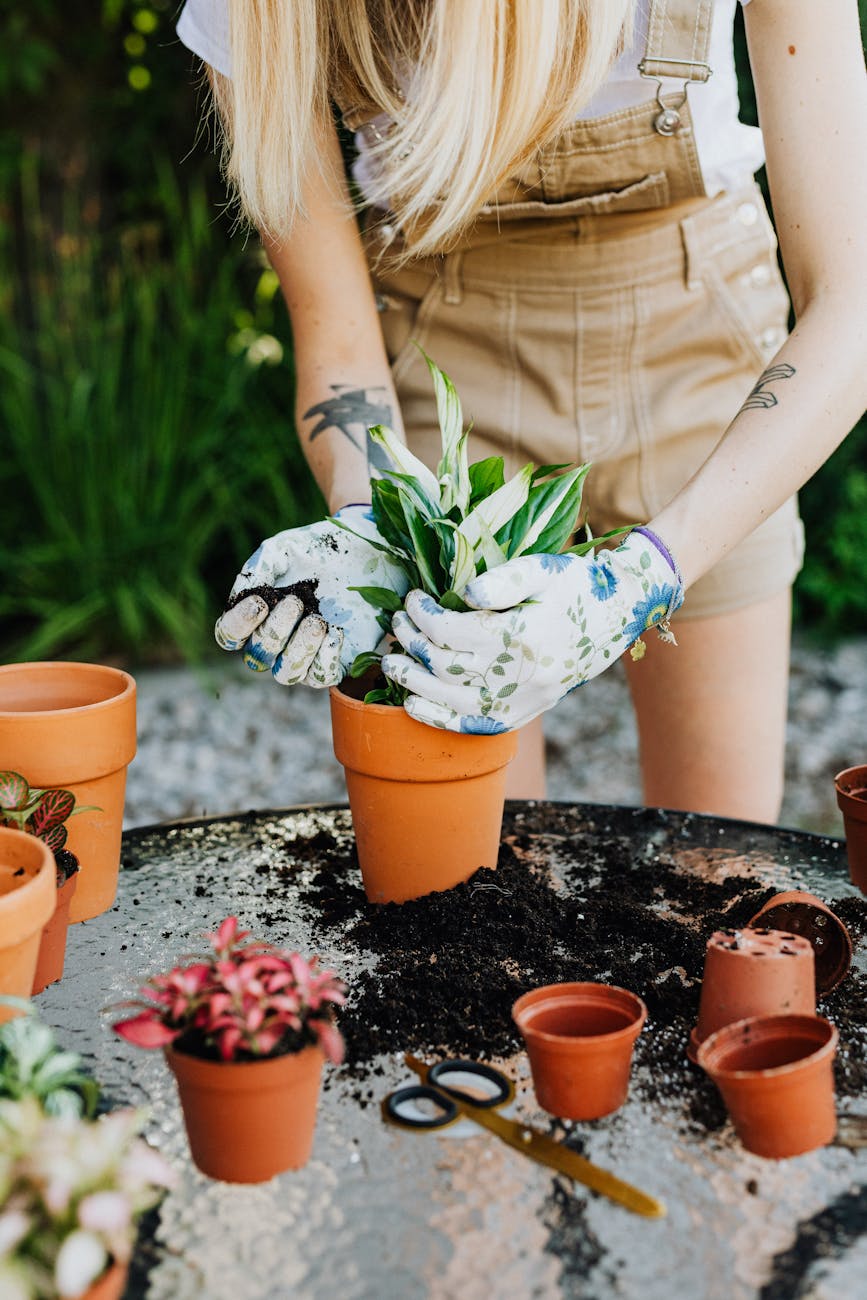
Container Selection
When selecting containers for your vegetables, there are a few things to keep in mind. First, make sure the container is large enough for the plant’s roots to grow and have ample space. Second, ensure that the container has drainage holes to prevent waterlogging. Lastly, consider the material of the container. Clay and ceramic pots are porous and allow for good airflow, but they can dry out quickly. Plastic containers, on the other hand, retain moisture better but may not have as good airflow.
Soil and Fertilization
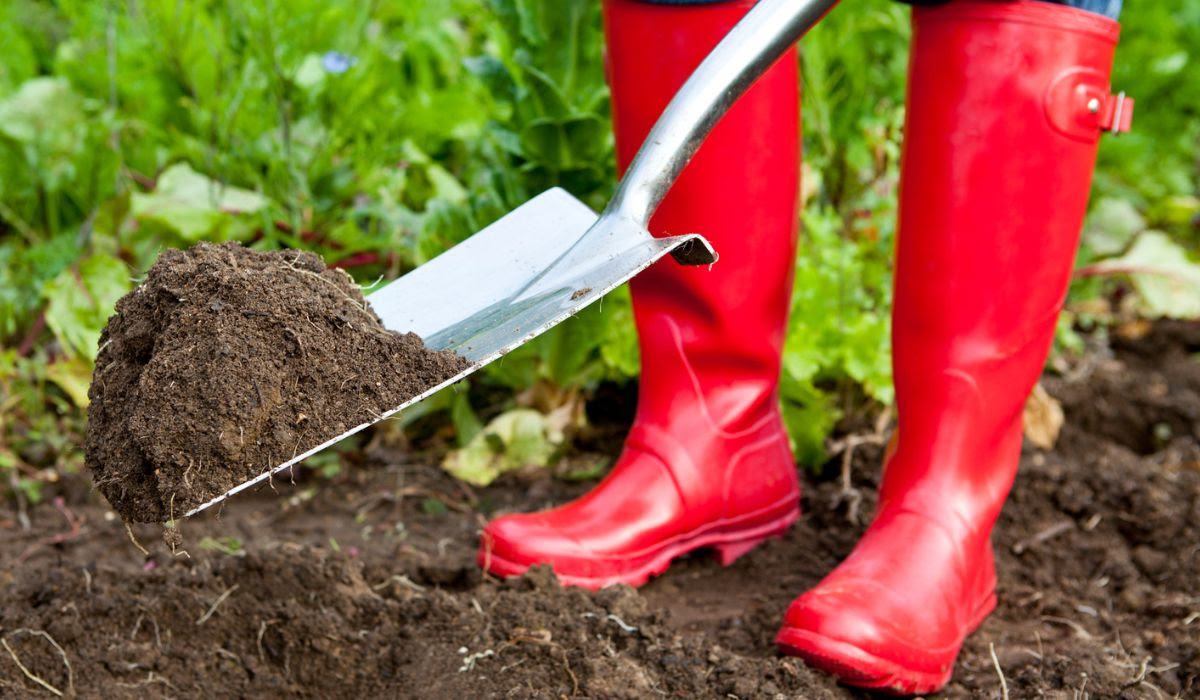
The soil you use for your container garden is crucial. Use a high-quality potting mix that is well-draining and nutrient-rich. Avoid using garden soil as it may contain pests, diseases, or weed seeds. Additionally, regularly fertilize your plants with a balanced fertilizer to ensure they have the necessary nutrients to grow and produce.
The Vegetable Garden Pest Handbook: Identify and Solve Common Pest Problems on Edible Plants - All Natural Solutions!
Watering and Drainage
Proper watering and drainage are critical for the health of your plants. Make sure your containers have drainage holes and use a saucer or tray to catch excess water. Water your plants when the top inch of soil is dry, but avoid overwatering as it can lead to root rot. In hot weather, you may need to water your plants more frequently.

Sunlight and Placement
Most vegetables need at least six hours of sunlight per day, so make sure to place your containers in a sunny location. However, some vegetables, such as lettuce and spinach, can tolerate partial shade. Additionally, consider the microclimate of your location. For example, if you live in a hot climate, you may need to place your containers in a partially shaded area to prevent them from overheating.
By following these pot gardening essentials, you can create a thriving container garden and enjoy fresh, homegrown vegetables all spring long.
Conclusion:
As you embark on your journey to grow spring vegetables in pots, consider these questions: How can you maximize the space in your garden? What new recipes can you create with your homegrown produce? How will you involve your family in this rewarding activity?
MSUPSAV for Gardening, Synthetic Leather Garden Gloves, Work Gloves with Touch Screen, Best Gifts for Women, Green
Ready to start your own spring vegetable garden? Visit our website for more tips and tricks on growing vegetables in pots.
Disclaimer:
Please note that individual results may vary based on factors such as climate, soil quality, and maintenance practices. Always consult with a gardening expert for personalized advice.
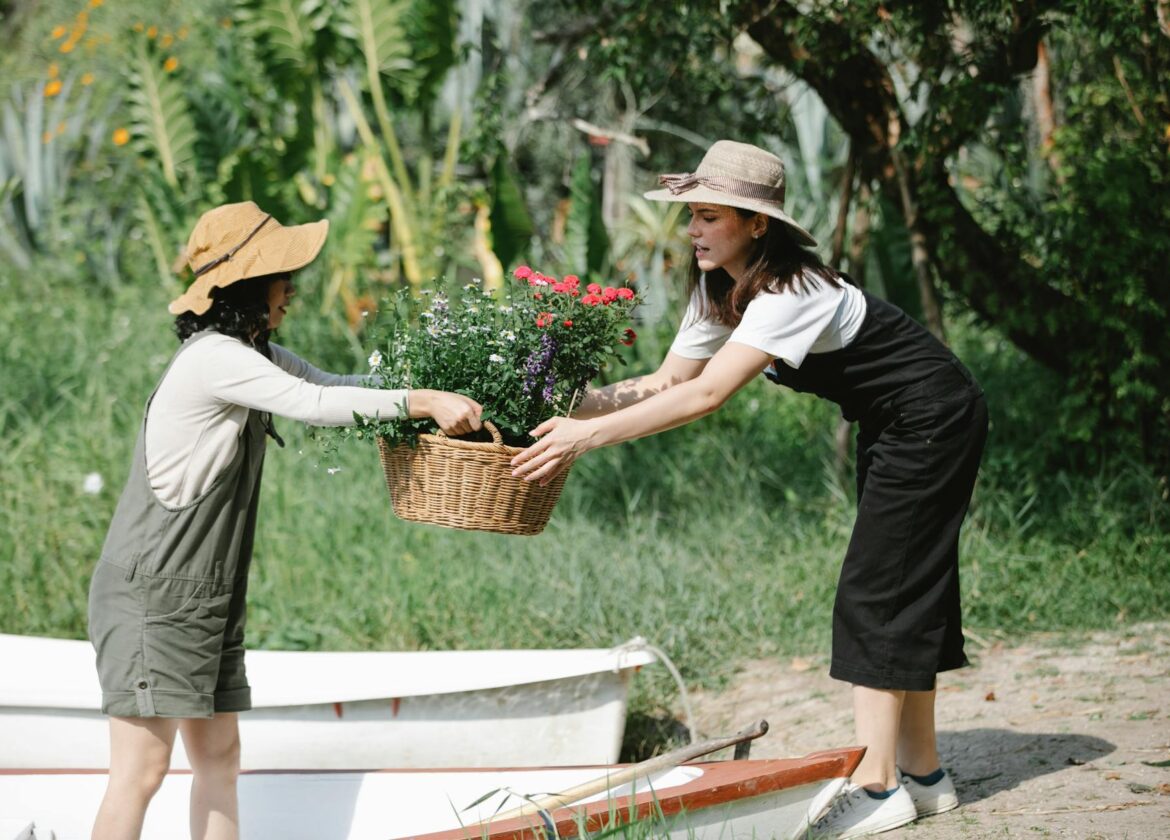


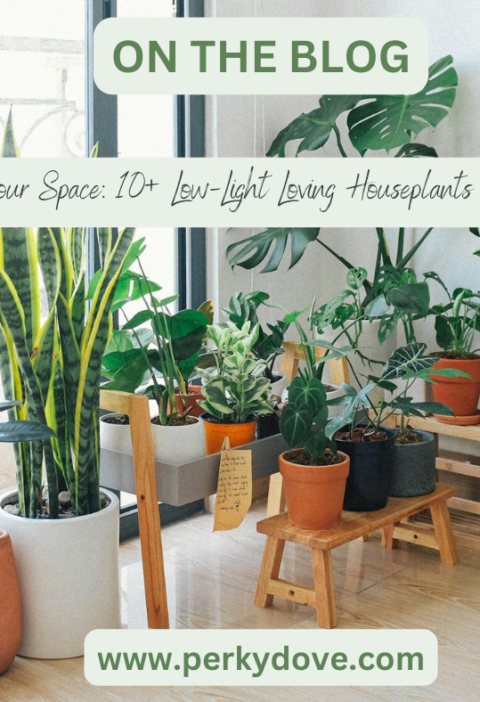
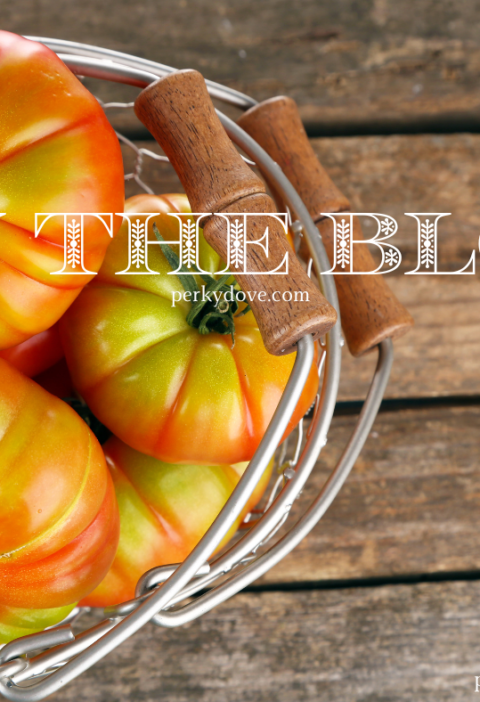
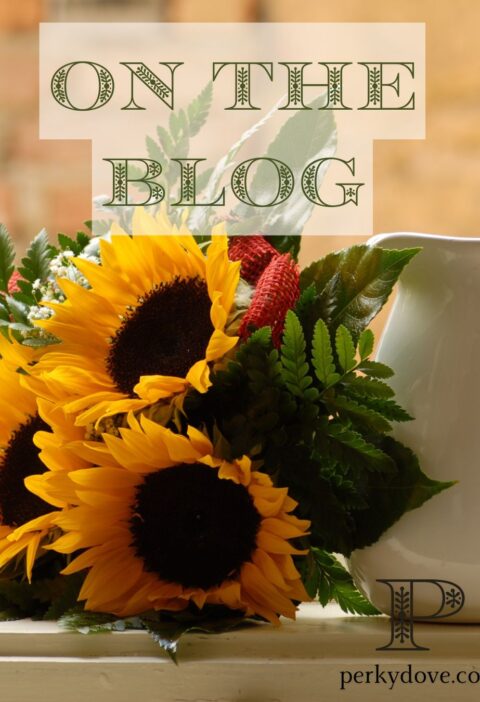
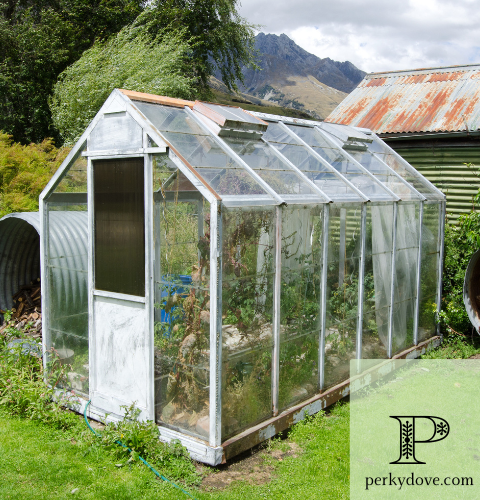
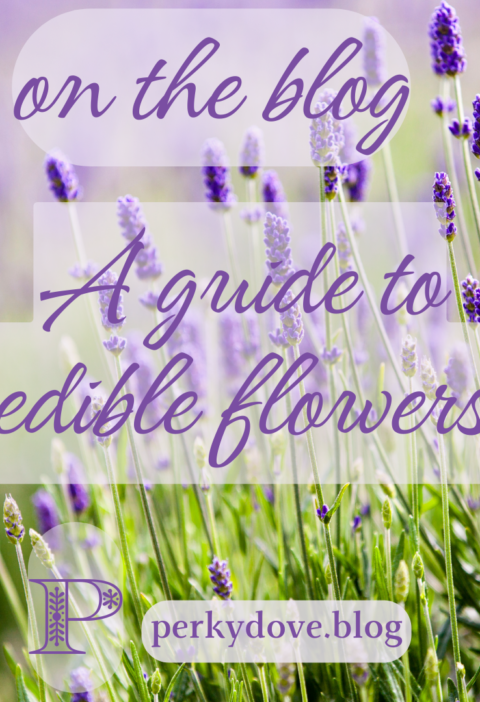
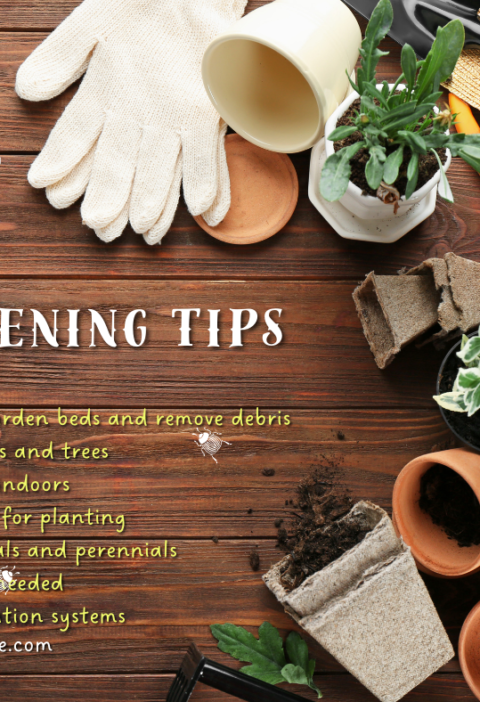
[…] important to choose plants that are well-suited to small spaces. Some vegetables that work well in small gardens […]